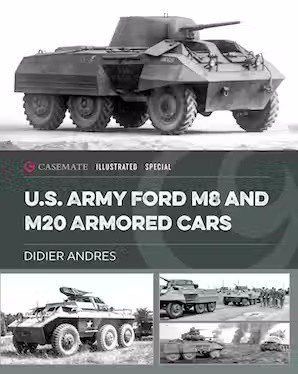
Introduction
U.S. Army Ford M8 and M20 Armored Cars is an 8x10 hardback 160-page book by Didier Andres. Catalogued as IBSN 9781636243108, it is also available as a digital download from several vendors.
Casemate tells us;
Author has used the archived notes of the officer tasked with coordinating the project to develop and deliver the M8, explaining why it took two years to deliver it to the Army. Over 200 photographs make this a great reference for any military modeler or vehicle enthusiast.
This book pairs well with another forthcoming title, The U.S. 37-mm Gun in World War II, the main armament of the M8.
Contents
In my book, five chapters recount the story for the M8/M20:
1. The Genesis of Light Armored Cars
2. Car, Armored, Light, M8
3. Car, Armored, Utility, M20
4. Similarities
5. M8 and M20 in Europe
Appendix
Bibliography
Typical of differences between on-line table of contents and those in printed books, the chapters are not titled the same. While probably unimportant to you, the on-line chapters are titled as follows:
The Genesis of Light Armored Cars
The M8 Light Armored Car
The M20 Utility Armored Car
Commonalities
Use in Europe
Appendixes
Bibliography
Acknowledgements
Regardless, 112 pages tell the stories of the M8/M20. The layout of the book is interesting as chapters are divided into sub-chapters that appear as other chapters due to the style of the headlines and subheadings. These sub-chapters contain subheads for specific subjects. At first the design was confusing but I think readers will quickly grasp the layout.
In telling the story, the author draws heavily from technical manuals and official sources, i.e., Field Manual FM 2-6. He explains the content of those sources in text and through graphics, noting the manual shows the crew to stand "3 paces" in front of the M8, and providing excerpts from the manual to explain components, procedures, and the like. All aspects of these armored cars are explored, i.e., engines and transmissions, stowage, ammunition, radios. A sampling of subjects are:
- Compass
- D67511 Folding Pintle Bracket
- Early Production, Serial #181 in Detail
- Electronics
- Field Phone
- Homemade Ring Mounts
- Hydraulics
- Improving the turret
- M49C Ring Mount
- M6 37mm Anti-Tank Gun
- Ordnance System
- Road tests, including one from Fort Knox and back
- Shape and Dimensions (The Mechanicals)
- The Combat Compartment
Some topics are explained with in-depth text. Some are presented through photographs with captions. Regardless, I found an agreeable amount of detail for the subjects.
In M8 and M20 in Europe/Use in Europe the vehicles' service histories are presented in specific theaters - arrival in England, deployment in Italy, France, and Germany.
For a predominately illustrated title, I am amazed by the level of detail covered. The author even includes a photo of an exploded view of the second swiveling mechanism model, from Ford Co.
Photographs, Artwork, Graphics
Modelers will no doubt find this book an essential reference resource for the M8/M20. No color photos are used. The photos are well selected and show great detail. Most come from official documents and are clean, focused, well developed with proper highlights and shadows and contrasts. Sidebars and callouts are used to emphasize images and concepts, even those taken directly from field manuals and technical orders.
Several tables, almost a dozen, are used to present information concisely. Much of the data concerns manufacturing, delivery, and deploying the armored cars. Another table, Main Modifications Following the Maker's Own Numbering (MFR. No.) lists the modifications, i.e., engine breather assembly, M8 or M20, and serials range.
There is no artwork per se, save for that taken from the FMs or TOs.
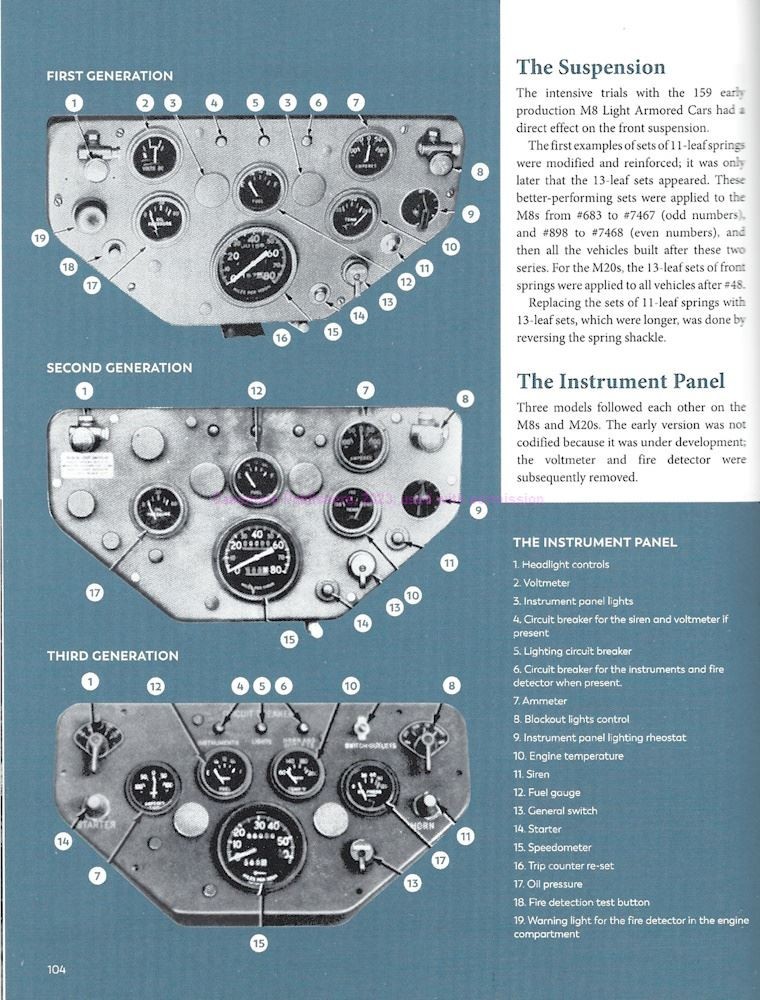
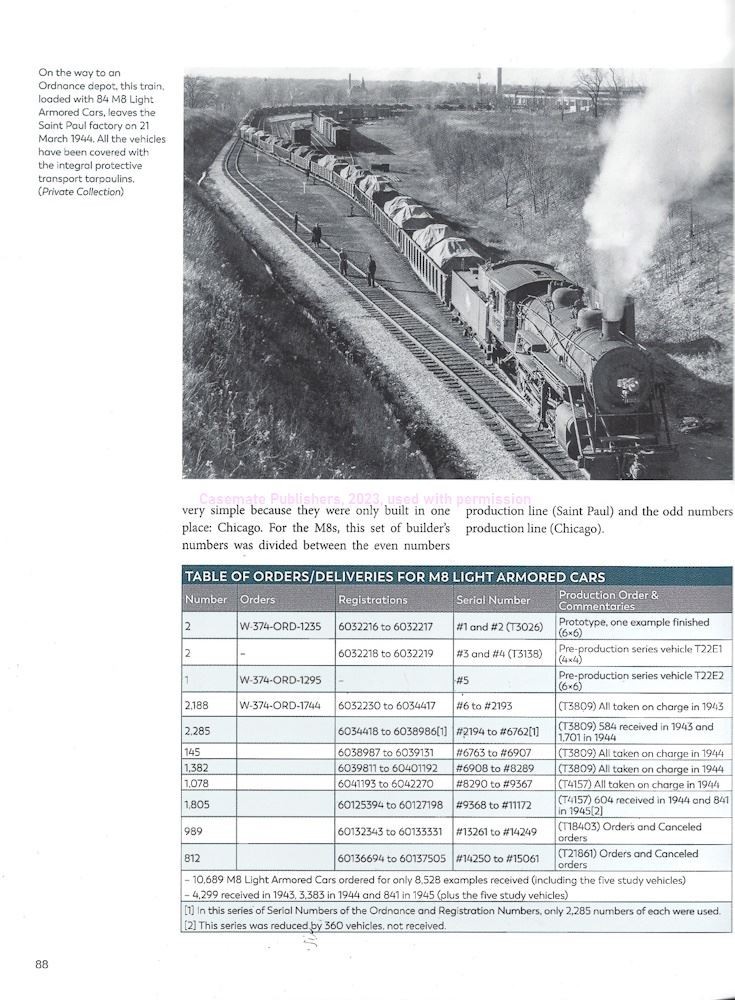
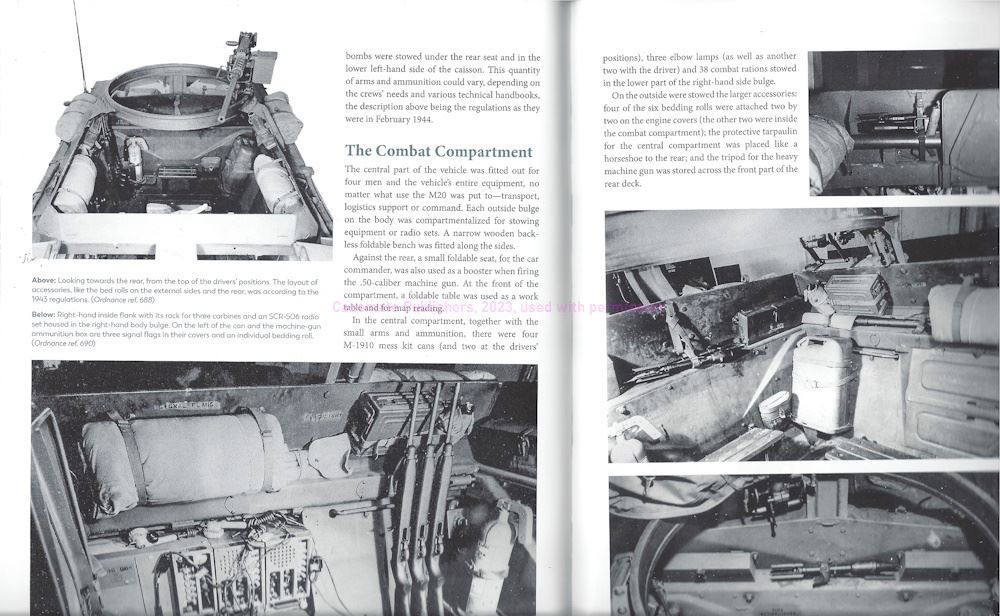
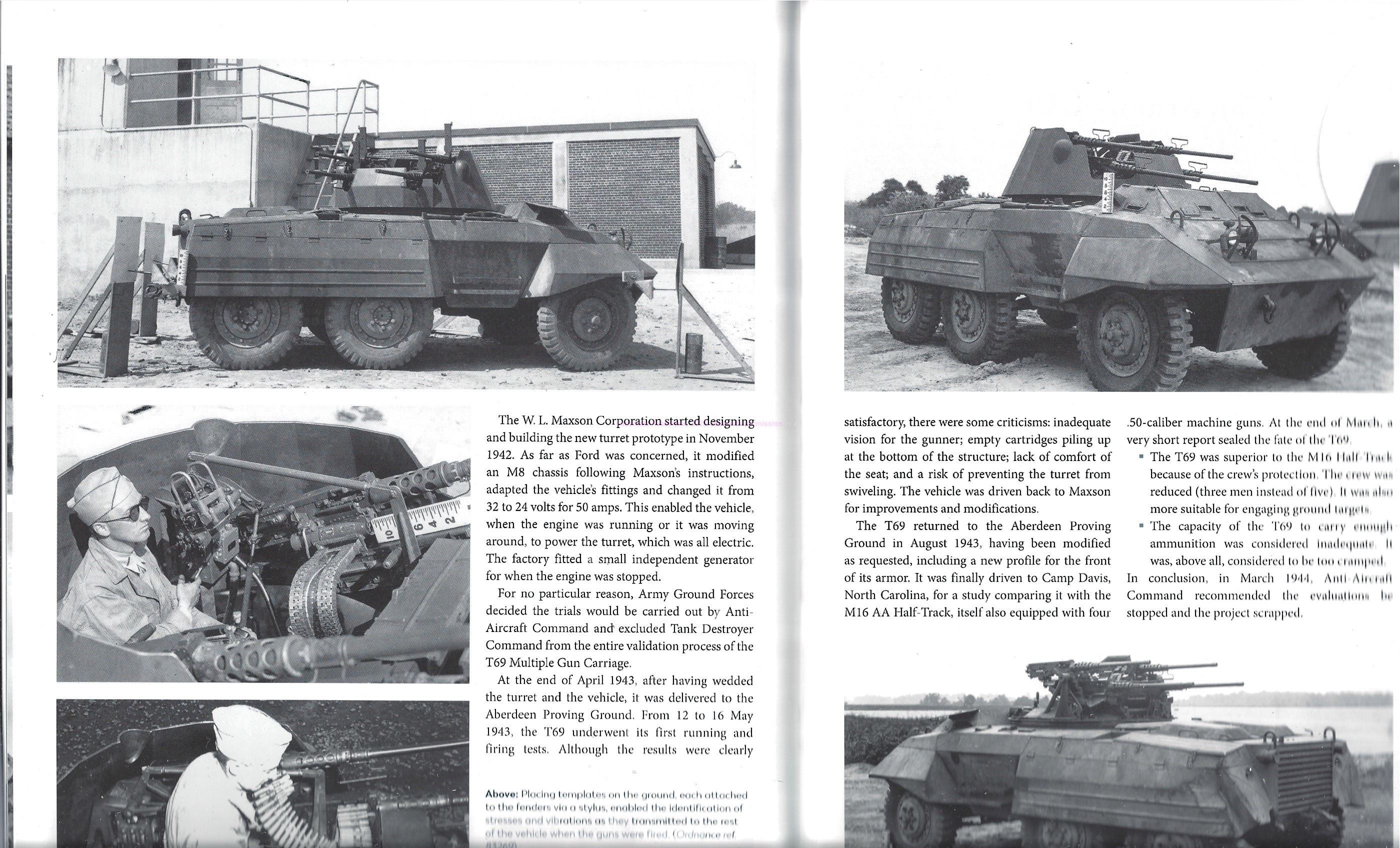
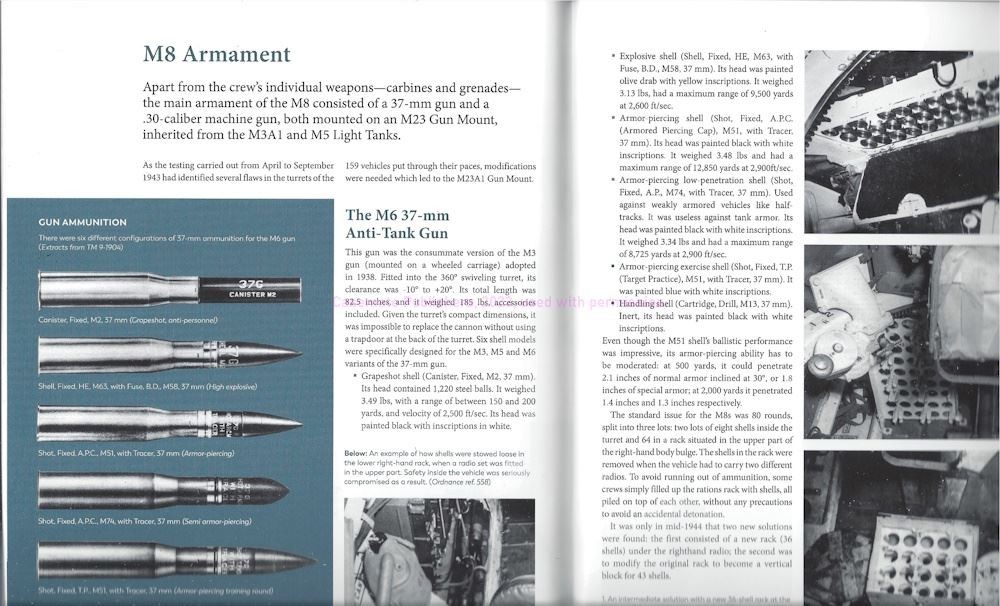

Conclusion
U.S. Army Ford M8 and M20 Armored Cars from Casemate may be considered a gift to modelers of the M8/M20. The level of detail amazes me. This is not meant as a combat history but rather a reference of what the M8/M20 looked like, inside and out, down to the level the troops in training needed to know to master these armored vehicles. I believe it does that and I recommend this book.
Please remember to mention to Casemate and retailers that you saw this book here - on Armorama.











